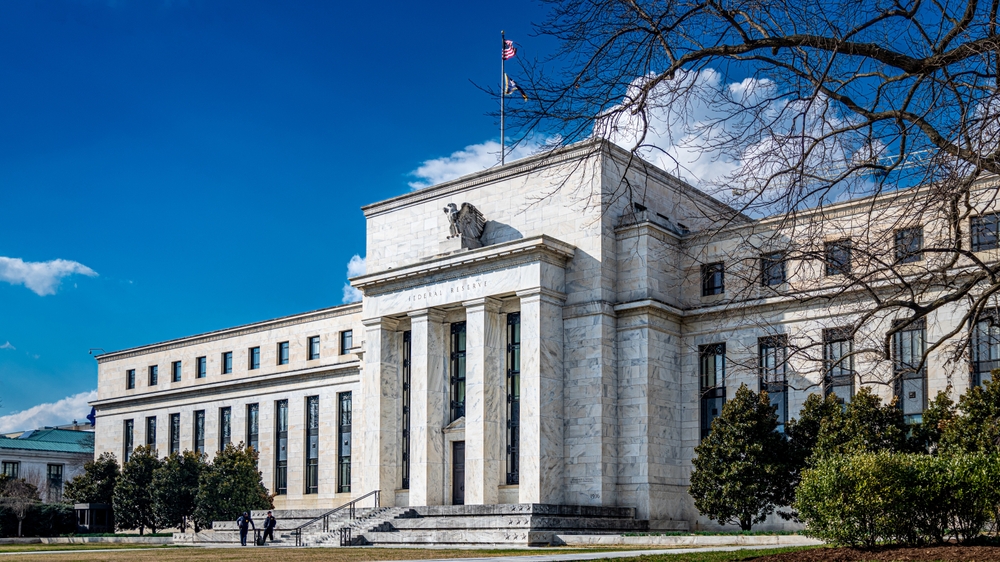The Federal Reserve has trimmed its benchmark rate by 25 basis points. Headlines make it sound like cheaper borrowing is around the corner and another housing boom could be on the way. But the reality is more complicated.
Mortgage Rates Already Moved Ahead of the Fed
Mortgage rates don’t simply react to Fed meetings. They’re more closely tied to the 10-year Treasury yield, which reflects what investors expect the Fed will do. Because the rate cut was widely anticipated, lenders had already priced it into their offerings.
That’s why mortgage rates didn’t tumble the day the Fed announced its decision—they’d already adjusted weeks ago.
Why Sellers Should Stay Realistic
It’s tempting for homeowners to assume that lower rates mean eager buyers will suddenly flood back into the market with higher offers. But affordability is still the biggest barrier. Home prices have climbed far beyond wage growth, leaving many buyers stretched to their limits.
Even if financing costs tick down, a modest drop won’t make homes magically affordable again. The Case-Shiller index shows prices sitting near all-time highs, which makes another runaway surge unlikely.
The Real Issue: Supply and Sticker Shock
Inventory is still tight. Many homeowners who locked in 3% mortgages during the pandemic don’t want to give them up, which limits new listings. And when homes do hit the market, sellers often list at prices that feel out of reach for most buyers. A quarter-point rate cut doesn’t bridge that gap.
The Bottom Line for Sellers
If you’re preparing to sell, don’t assume a Fed rate adjustment will inflate your home’s value. Today’s buyers are careful, budget-minded, and quick to move on from homes they feel are overpriced. Success comes from competitive pricing, strong presentation, and realistic expectations.
The Fed’s decision may grab headlines, but it won’t spark another housing miracle.





